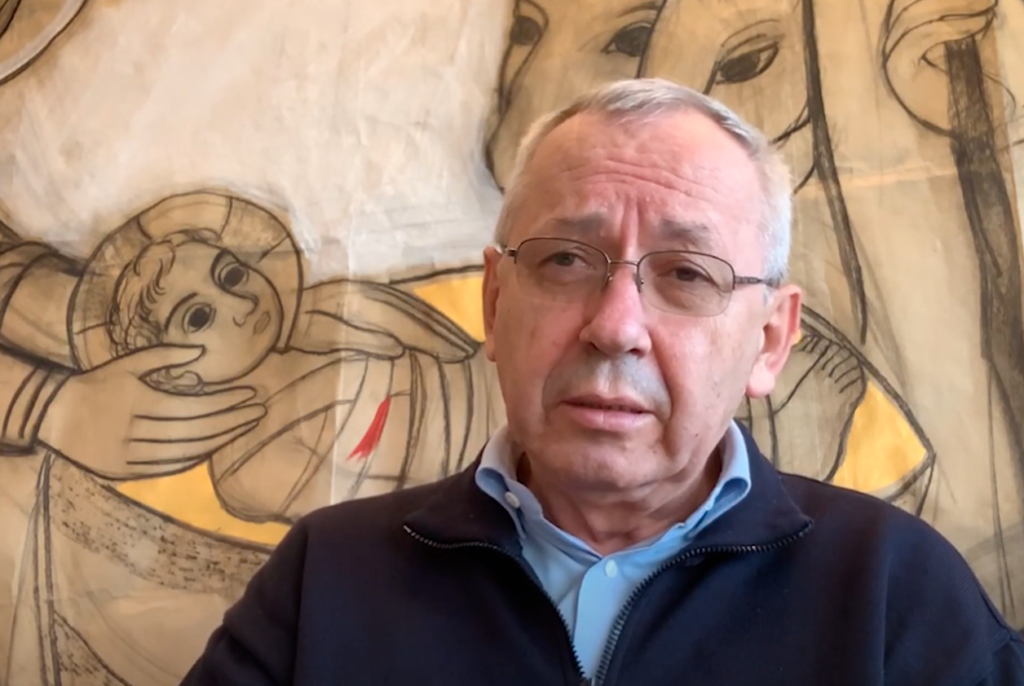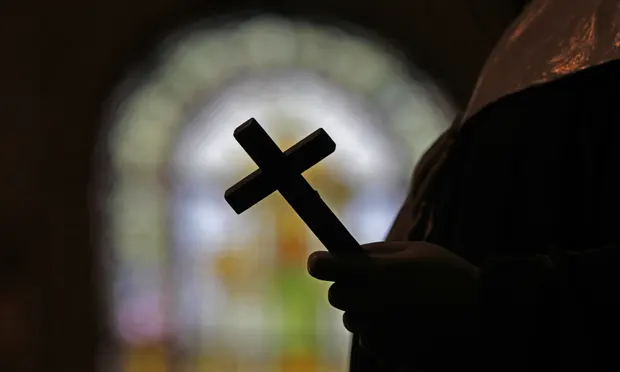
By Michelle Boorstein< A judge on Friday approved the release of a redacted version of the Maryland attorney general’s grand jury report on child sexual abuse within the Roman Catholic Archdiocese of Baltimore.
Maryland Circuit Court Judge Robert Taylor wrote that Attorney General Anthony G. Brown (D) has until March 13 to present a list of names of people who aren’t accused in the report of abuse but whose behavior “could raise questions” about the institutional church’s handling of abuse over the past 80 years. Brown’s office has identified 208 people who may fall into this category and whose names will be initially redacted from a released report, Taylor’s ruling said.
A redacted report would be released once the court has confirmed the list. It wasn’t immediately clear how long after March 13 that would take.
While the secrecy of grand juries is important, Taylor wrote, it’s not absolute.
“The hundreds of victims of clerical abuse over the years have suffered from decades of systemic injustice … the passage of time, the changes in criminals laws over the years and the concerted efforts of various individuals within the Archdiocese have effectively ensured that the perpetrators of abuse identified in the Report will escape any form of formal criminal sanction,” Taylor wrote. “The same can be said for the individuals who went to sometimes extraordinary lengths to protect abusers, bury accusations and essentially enable the rape and torture of children and young adults for many years.”
“The only form of justice that may now be available is a public reckoning … keeping this report from the public is an injustice,” he said. “Continued delay and secrecy are far more damaging to the cause of justice than what might be suffered by these individuals in feeling compelled to justify their behavior.”
Brown on Friday said that his office is “pleased with the Court’s order today.” He said his office “will move expeditiously to comply with the court’s order and prepare a redacted copy of the Report to be released upon review and approval by the Court.”
The archdiocese has cooperated in the four-year grand jury probe, including turning over hundreds of thousands of documents, and has said it doesn’t oppose the release of the report. However it is paying part of the legal fees of an anonymous group of people who are named in the report but not accused of abuse. The judge’s order Friday said there are 16 people in that group.
Those 16 are part of the bigger group of over 200 who may be accused of things like covering up, silencing victims or participating in the transfer of abusers.
On Friday, Christian Kendzierski, an archdiocesan spokesperson, said in a statement that the Archdiocese is “ever-aware” of pain endured by abuse survivors, and “once again offers its sincere apologies to the victim-survivors who were harmed by a minister of the Church and who were harmed by those who failed to protect them and who failed to respond to them with care and compassion.”
“The Archdiocese continues to pray this report brings some measure of healing of the deep wounds caused by the scourge of child sexual abuse in the life of the Church,” Kendzierski said in the statement.
Archbishop William Lori has framed the report as distorting the church’s present, and said multiple times that the church stopped mishandling cases more than three decades ago.
The judge’s ruling noted an important subtext: the Maryland General Assembly is in a session where long-proposed measures to open new, expanded windows for criminal or civil charges to be filed against abusers look more likely to pass than in recent years.
Lawmakers are considering ways to make a legal path for adult survivors of long-ago child sex abuse to sue the institutions that once harbored their attackers.< While there is no statute of limitations on criminal child sex abuse charges, civil suits seeking damages must generally be filed by the time the adults turn 38. Efforts to create a retroactive window to bring more claims have, in recent years, been complicated by a 2017 provision that many consider to have granted some immunity to the Catholic Church and other institutions.
But against the backdrop of the report reviewing internal documents from the church, lawmakers who have been advocating for years see a much better chance at success.
This year’s proposal also contains provisions meant to allay concerns the church could be bankrupted by decades old cases that would be difficult to defend: it caps damages at $1.5 million for private institutions and $850,000 for public ones, such as schools, that were grossly negligent in preventing child sex abuse.
“This is not a money grab,” Del. C.T. Wilson (D-Charles), who has championed such “look-back windows” to bring lawsuits since 2015, said this week. “There’s no amount of money that’s going to undo what happened, anyway. But this way we’re fixing the fear that the lawyers are just going to jump in there and try to capitalize.”
The measure in the Senate was heard Thursday, and a similar one will be taken up in the House next week. No votes are scheduled at the moment.
The 456-page grand jury report found 600 victims of clergy sexual abuse over 80 years. The report accused 158 priests of abuse, 43 of whom had not be previously identified in public, according to a motion filed in November requesting the public release of the full report.
Because the report relies on grand jury testimony, former attorney general Brian Frosh (D), who left office late last year, sought court permission to unseal the report.
The anonymous group of 16 named in the report had sought all proceedings sealed until they could make a case to the judge before he decided whether to release it. The report includes allegations of coverup and mishandling as well as abuse.
According to the ruling Friday, the documents turned over by the church spanned from the 1940s until 2022.
The ruling Friday also says Brown is not seeking any criminal indictments or charges as a result of the investigation.
Complete Article ↪HERE↩!





